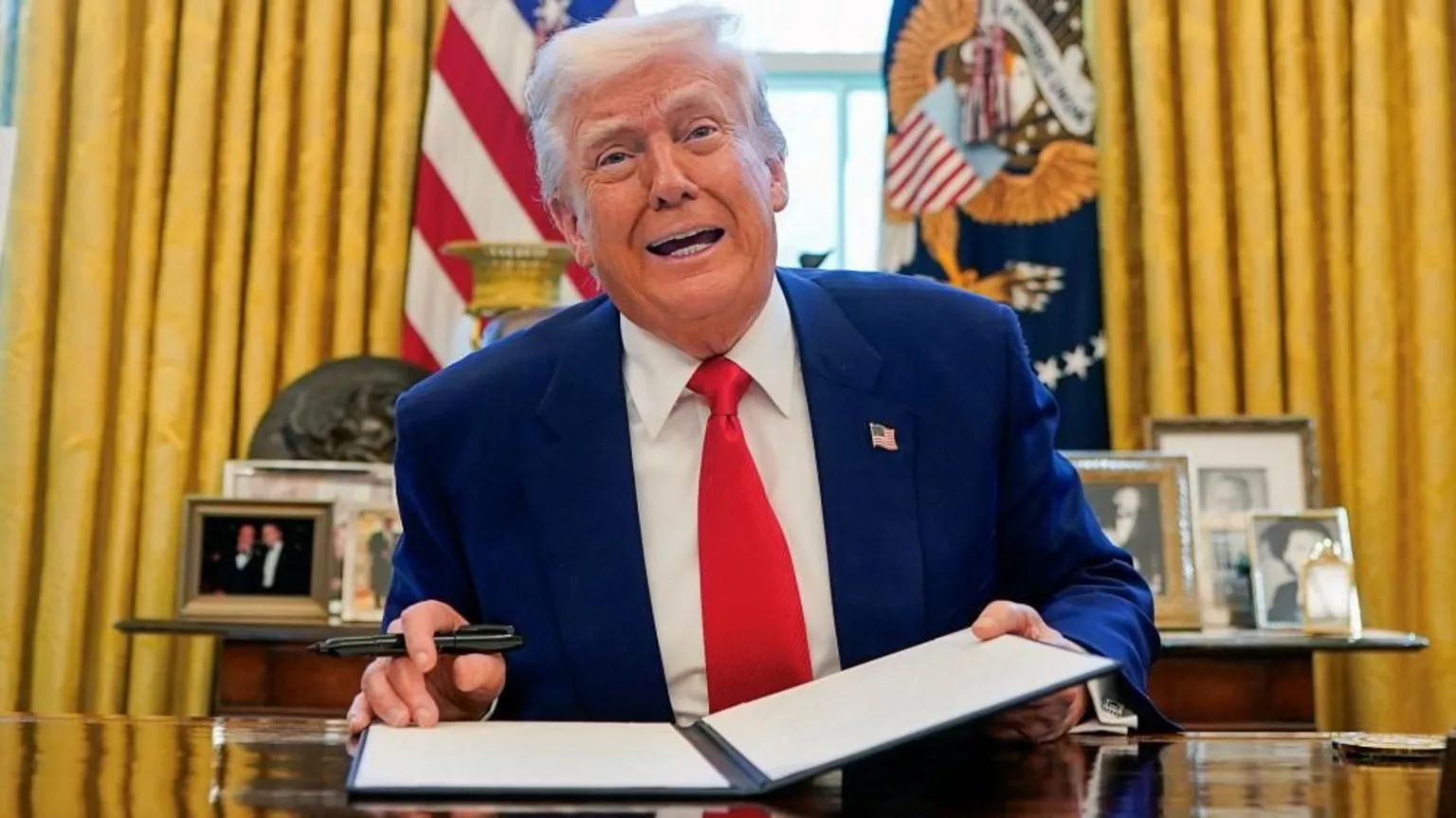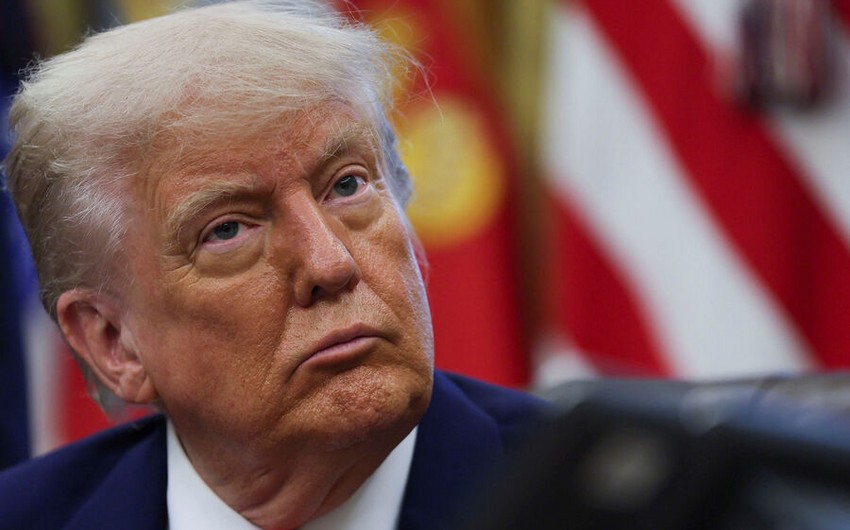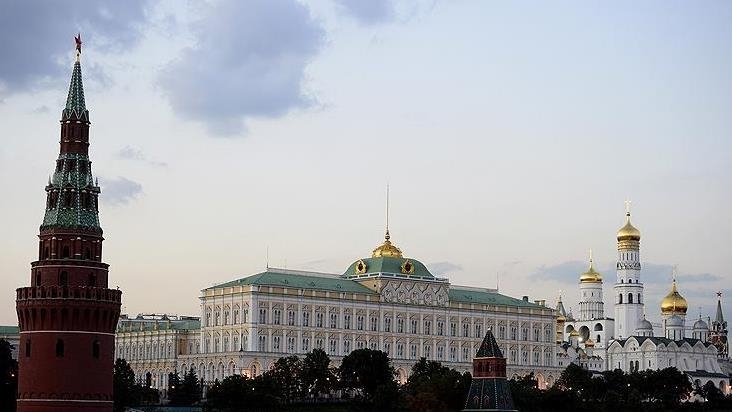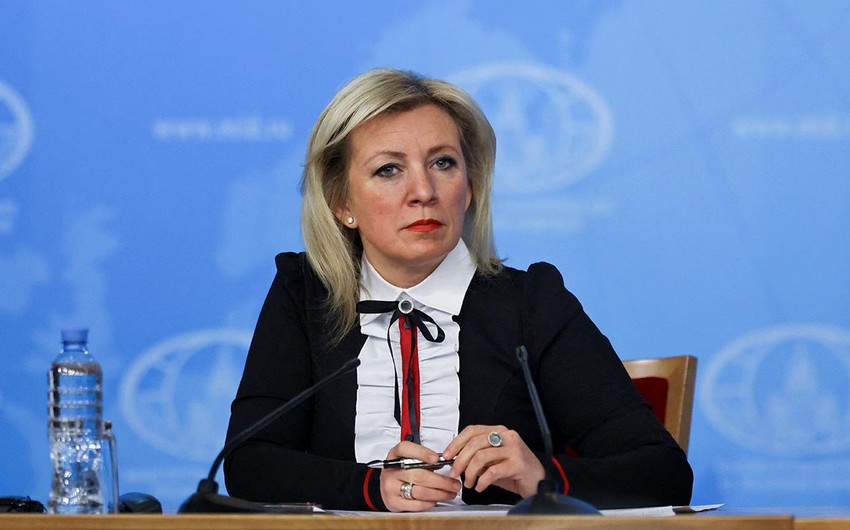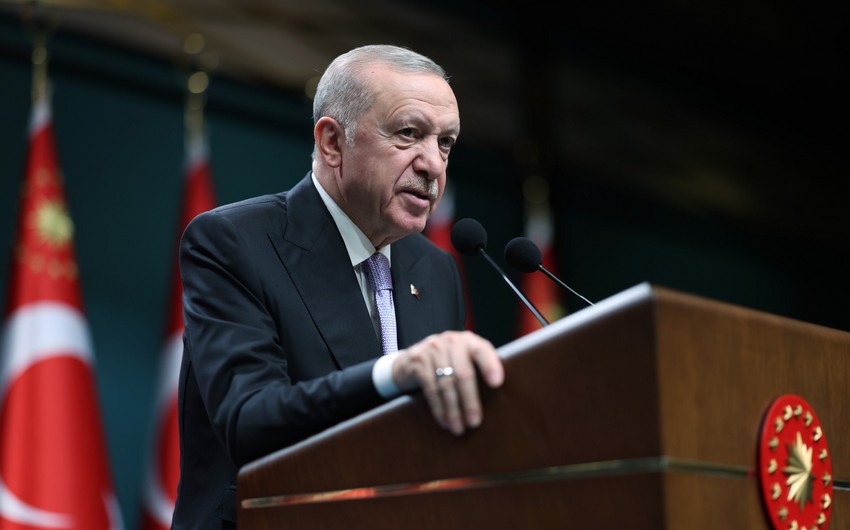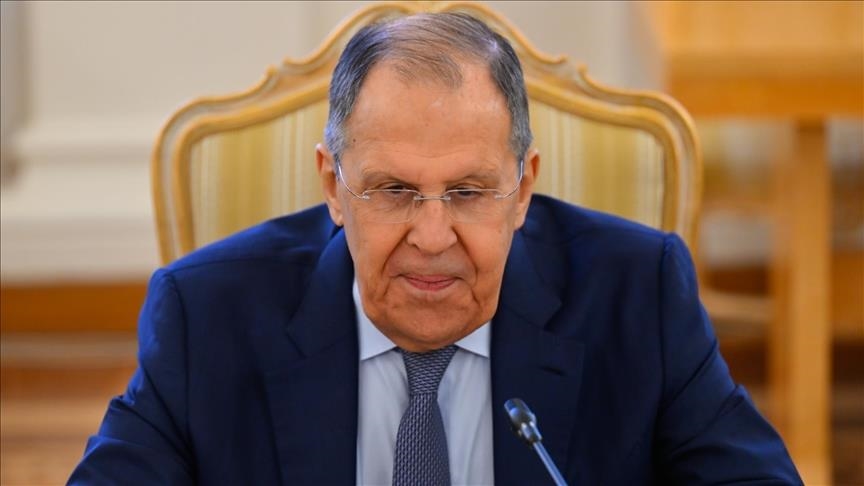Former U.S. President Donald Trump is once again pushing to eliminate water flow restrictions in American showers, claiming such regulations are unnecessary and burdensome. The White House confirmed that Trump has ordered the U.S. Energy Secretary to rescind a change first introduced during Barack Obama’s administration, which limited the total output of multi-nozzle showerheads to no more than 2.5 gallons (about 9.5 liters) of water per minute.
This policy was part of a broader environmental effort during Obama’s term aimed at improving energy efficiency and conserving water. Under his redefinition, the water flow cap applied to the entire showerhead unit, regardless of how many nozzles it had. Trump’s rollback would allow each nozzle to emit up to 2.5 gallons per minute—dramatically increasing potential water usage.
Speaking from the Oval Office, Trump criticized the rule, saying it embodied a “radical green agenda” that, in his view, “made life worse for Americans.” He highlighted his personal frustration with the current limitations, joking that it takes him 15 minutes to properly wet his “beautiful hair” under the restricted water pressure. This echoes similar comments he made during his first term in office in 2020, when he first attempted to undo the rule.
The Trump team is framing the move as part of a broader effort to eliminate overregulation and return choice to consumers. A White House fact sheet claimed the updated order would “free Americans from excessive regulations that turned a basic household item into a bureaucratic nightmare.” The new order, the statement said, would restore the original intent of the 1992 energy law, which limited water flow to 2.5 gallons per minute—per showerhead, not per unit.
Consumer and environmental advocacy groups have pushed back strongly. The Appliance Standards Awareness Project, a key voice on energy efficiency, issued a factsheet in 2024 stating that the long-standing water efficiency standards had “reduced water waste, saved consumers money on water and energy bills, and helped protect the environment.” Conservation groups argue that Trump’s approach is not only environmentally irresponsible but also economically short-sighted, given the long-term savings from water-efficient appliances.
After Trump’s initial 2020 order, the Biden administration quickly reversed the change, restoring Obama’s definition in an effort to maintain federal efficiency standards. The current administration has described Trump’s rhetoric as misleading, calling his characterization of the policy a “war on water pressure” a distortion of conservation goals.
Now, as part of Trump’s broader 2025 campaign themes, he has revived the issue, pledging once again to cut back federal oversight in favor of what he calls “common-sense” governance. The new directive will take effect 30 days after the Energy Department publishes an official notice rescinding the previous definition.
Trump’s critics say the move is largely symbolic and designed to rally his base with populist messaging. Still, it reignites a larger debate over the balance between environmental protection and individual freedoms, and whether efforts to combat climate change should affect the most mundane aspects of daily life—like taking a shower.
Madina Mammadova\\EDnews

